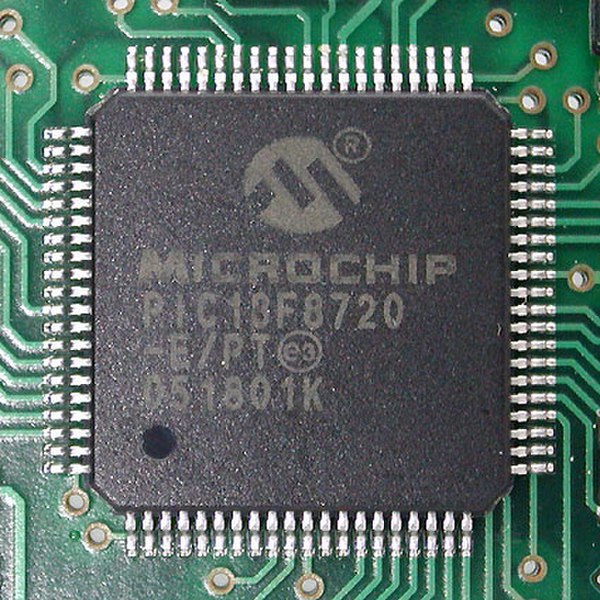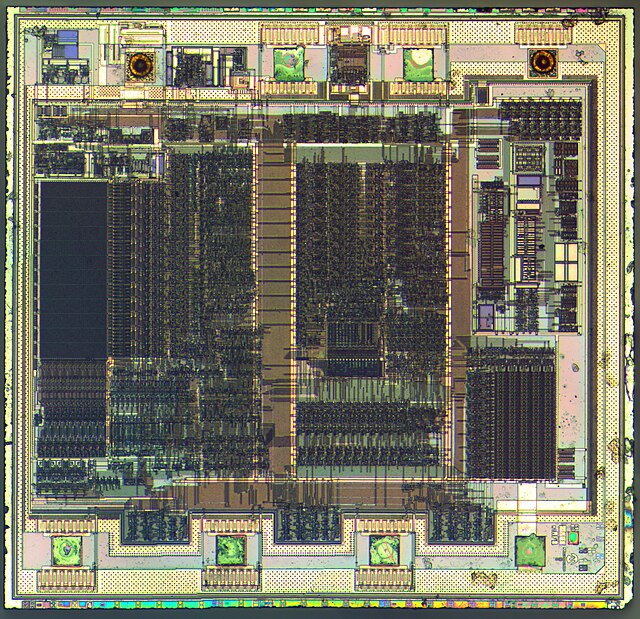The Hitachi H8 is a large family of 8-bit, 16-bit and 32-bit microcontrollers made by Renesas Technology, originating in the early 1990s within Hitachi Semiconductor. The original design, the H8/300, was an 8-bit processor that had a 16-bit registers and ALU that allowed some 16-bit operations. Two upgraded versions were introduced, the H8/300L that expanded the instructions to become a full 16-bit machine while being optimized for low cost, and the H8/300H which further expanded the registers to allow 32-bit operations and was optimized for low-power/high-performance roles. Many variations exist.
Hitachi H8/323
Hitachi H8/323
Renesas H8S-2110BV
A microcontroller or microcontroller unit (MCU) is a small computer on a single integrated circuit. A microcontroller contains one or more CPUs along with memory and programmable input/output peripherals. Program memory in the form of NOR flash, OTP ROM or ferroelectric RAM is also often included on chip, as well as a small amount of RAM. Microcontrollers are designed for embedded applications, in contrast to the microprocessors used in personal computers or other general purpose applications consisting of various discrete chips.
The die from an Intel 8742, an 8-bit microcontroller that includes a CPU running at 12 MHz, 128 bytes of RAM, 2048 bytes of EPROM, and I/O in the same chip
Two ATmega microcontrollers
A PIC 18F8720 microcontroller in an 80-pin TQFP package
Die of a PIC12C508 8-bit, fully static, EEPROM/EPROM/ROM-based CMOS microcontroller manufactured by Microchip Technology using a 1200 nanometer process






